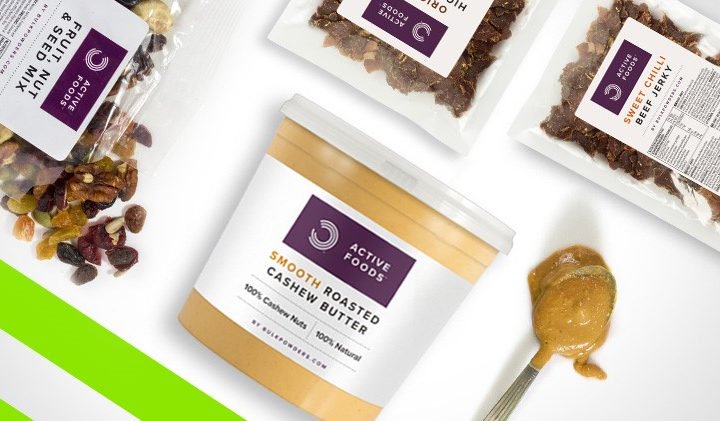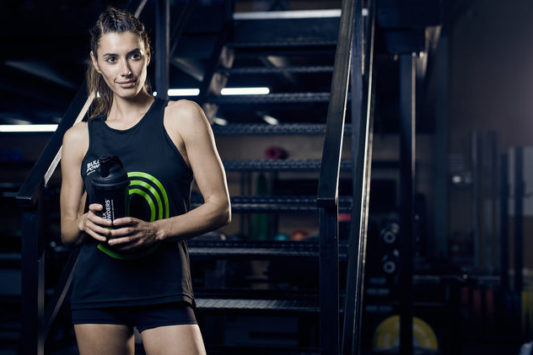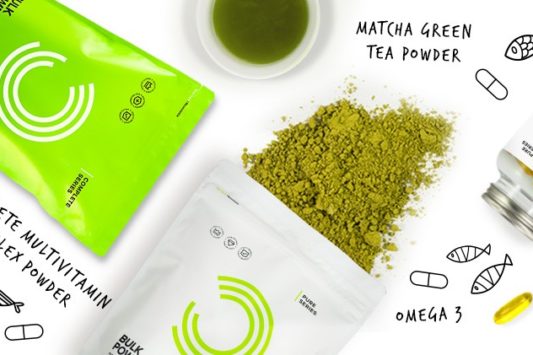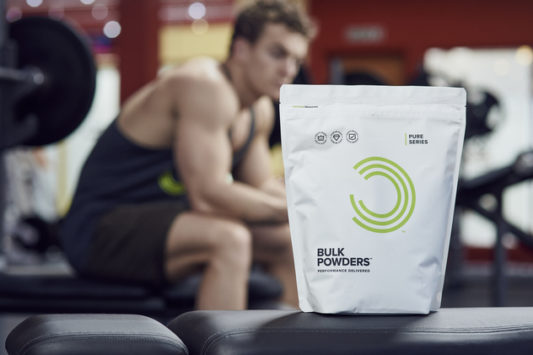Originally developed to treat medical conditions such as epilepsy, the ketogenic diet aims to put people in a state of ‘nutritional ketosis’. By depriving the body of carbohydrates, the body depletes glycogen stores in the muscles and liver, and as there is very limited glucose available (from the glycogen and the breakdown of dietary carbohydrates into glucose) the body starts to convert dietary fatty acids in the liver into ketone bodies.
This process is important because glucose is the preferred fuel sources for the brain, and fatty acids cannot directly enter the brain for use as fuel, so the body produces ketones which can be used to produce energy in the brain.
The ketogenic diet, more commonly referred to as ‘keto’ is a very low carb, high fat diet that aims to contain approximately 70% of calories from fat, around 30% from protein and only a negligible amount of carbohydrate – with some proponents suggesting less than 50g of carbs per day, whilst others suggest even lower amounts, aiming for less than 25g per day.
THE KETOGENIC DIET & WEIGHT LOSS
By restricting carbohydrates and eating more protein than a typical western diet, your overall calorie intake is naturally reduced, resulting in weight loss. Keto can therefore be great for those who don’t like to track calories (although they still count), and as a way of using food choice to reduce energy intake whilst also encouraging more protein in the diet.
Despite what some people suggest, it is important to note that the keto diet does not offer weight loss benefits over normal calorie restriction as long as protein intake is matched, so choosing keto should come down to how you train (carbs are an important fuel for high intensity exercise) and how you prefer to eat.
KETO FRIENDLY SNACKS
Eating on the ketogenic diet is obviously great for lovers of meat and fatty foods; however, it can become a bit boring and has the potential to be lacking in certain important nutrients such as dietary fibre, so we do need to use a sensible approach to the foods we eat to keep the diet interesting and here are some of our favourite snacks that fit in with the keto lifestyle.
BILTONG & BEEF JERKY
Both biltong and beef jerky are dried meats, giving them an incredible shelf life and allowing them to be safely stored at room temperatures. This makes biltong and beef jerky great snacks to take with you on the go when compared to meats prepared in other ways, which often need to be eaten hot or kept chilled to preserve freshness.
Although both are forms of dried beef, the differences in ingredients and preparation mean they do have distinctly different tastes. Jerky has a dry and smoky taste, whereas biltong is a meatier flavour. However, a lot can depend on the seasoning used with the meat, and BULK POWDERS® stock two different flavours of biltong and jerky; original and peri-peri biltong, and original and sweet chilli beef jerky.
These dried meats are protein powerhouses; biltong has around 50g of protein per 100g and beef jerky has around 60g. This is the equivalent of around 200-250g of beef from steak.
NUTS & SEEDS
Essential fatty acids for the human body are the unsaturated omega-3 and omega-6 fatty acids. Although a diet rich in fatty meats will ensure the body gets enough saturated fat, focusing your snacking on foods that are rich in unsaturated fat sources such as nuts and seeds will ensure you also get enough ‘healthy’ fats in the diet.
Aditionally, including nuts and seeds, either in their ‘raw’ form or as nut/seed butters, are great ways of ensuring that some fibre is included in the diet and will help us to reach our recommended 30g of fibre per day.
The wide range of nuts and seeds available, cashew, almond, peanut, chia, hazelnut, pistachio to name a few, also allows for a variety of different tastes and textures and with whole nuts having around 6-8g of fibre per 100g (and 38g per 100g for chia seeds!). These are a must have addition to any keto diet to ensure daily fibre targets are met.
CHEESE & OLIVES
Higher fat cheeses like marscarpone, stilton and chedder are excellent to add variety and flavour into the diet. Rich in calcium and other micronutrients, cheeses are an excellent way to add in key nutrients that can be missing from a poorly thought-out approach to the keto diet. Cheese and olives are a combination that complement each other perfectly, and olives are rich in specific fatty acids that are shown to promote cardiovascular health.
GUACAMOLE
Avocado is another high fibre, health fat food that is rich in essential vitamins and minerals. On its own, avocado can be an acquired taste, but add a little salt, pepper, chilli, lemon juice and tomato and you have a flavoursome dressing or dip.
As a low carb dip, choose vegetables such as celery or cucumber, which will also help boost your micronutrient intake. Use lettuce leaves as a ‘taco shell’, and pack with guacamole, shredded beef and a little chilli and you have a low carb, easy to make and delicious alternative to tacos.
TAKE HOME MESSAGE
These are just a few ideas that can add not just food variety to prevent food boredom, but also ensure that if following a keto diet your body gets adequate overall nutrition to support health. Although this diet by its nature can be quite restrictive, this does not mean, with a little research and thought, that a keto diet must be bland and tasteless and that even snacking can be done in a keto-friendly and convenient way.



